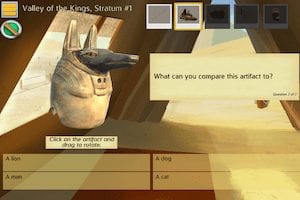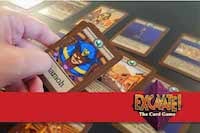Maya Mesoamerican Lesson
Ancient Maya of Mesoamerica
A World History Lesson Worksheet
An archaeology analysis lesson on the importance of ancient Maya Mesoamerica. Activate student interest before playing Excavate! Mesoamerica or use it in your ancient Maya world history classroom studies. Invite students to describe artifacts and hypothesize their use in ancient Mesoamerica. Use describe, interpret, and evaluate (D-I-E) lessons to record archaeology artifact observations during game-play or as a per-lesson activity to check their hypotheses for accuracy. It is a fun way to prepare and engage with content while playing Excavate! Mesoamerica. The worksheet if free for teachers to download as a classroom resource.
Award Winning Excavate! Mesoamerica
Worth Every Penny
Loved by Thousands of Students and Educators
Ancient Maya Lesson Overview
Objective:
Students will describe and infer the significance of Mayan artifacts found in an archaeological site in preparation for playing the Maya site in Excavate! Mesoamerica.
Duration:
Approximately 30 minutes with a potential follow-up lesson of 20 minutes (after playing the Maya site of Excavate! Mesoamerica or your standalone unit activity.
Materials:
This history lesson worksheet PDF document includes:
- Student D-I-E organizer
- Artifact Resource Sheet for the Maya site
- Teacher answer sheet for the D-I-E organizer
Includes Ancient Mesoamerica lessons for Maya, Aztec, and Inca
The Mayan Artifacts
Four Artifacts for Students to Analyze in the Lesson Plan
Jade Necklace
Glyph Inscription
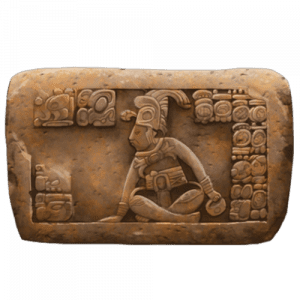
Maize God

Stingray Spines
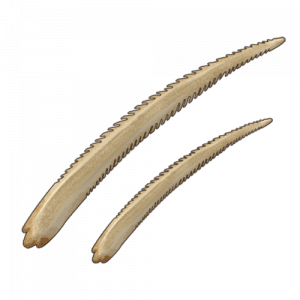
Introduction: Describe
Estimated Time: 15 minutes
In this part of the worksheet activity you explain to students that they will be exploring artifacts related to the ancient Maya culture. Their first job is to carefully preview the artifacts by describing them in detail.
Step 1: Students look carefully at artifacts on the Artifact Resource Sheet.
Step 2: Students write descriptions of each artifact in the describe column of the Student D-I-E Organizer. Pay close attention that students are only writing descriptions and not explaining what the artifact is and how it is used.
Step 3: Share as a class the descriptions and notice if anyone has found a new detail or something that they initially did not see. Emphasize that spending time on the description step of this process is necessary for seeing all the details that can generate new insight.
Preparing to play Excavate! Mesoamerica: Interpret
Estimated Time: 15 Minutes
Playing the game is of course optional.
Step 4: Students hypothesize what each artifact would have been used for by answering the questions in the Interpret column of the Student D-I-E Organizer. Push students to back up their thoughts based on what they have included in their description.
Step 5: Share as a class and keep a record of what students think of each one of the artifacts. Do not correct students. Explain that as they play the game they will encounter these artifacts and will find out if their hypotheses were correct.
“I LOVED the analysis questions because it assisted the kids in seeing the “big” picture and making connections.”
5th Grade Social Studies, OH
Post-Game Recap: Evaluate
Estimated Time: 20 minutes
Step 6: Play the Maya Site of Excavate! Mesoamerica. Have students correct their interpretations on the Student D-I-E Organizer.
Step 7: Share new observations learned about each artifact while playing Excavate! Mesoamerica.
Step 8: Have students complete the Evaluate column in the Student D-I-E Organizer. See examples on the Teacher Answer Sheet.
This activity could be extended as follows:
Facilitate discussion on the importance of Maya society and how these artifacts have facilitated new insight.
Have students write a reflection on which artifact was the most surprising and why.
Sample Artifact Answer Key
Note: the PDF download contains all keys
Item:

Describe: What is the material of the artifact? What is its shape? Does it have any symbols?
- The figure resembles a person.
- There is a headdress and the figure has jewelry around its neck.
- Made of either pottery or Stone
Teacher Reveal: This is a limestone carving of a person.
____________
Interpret:
What is it used for? What is this object?
- There is a headdress, which must be symbolic
- The hands are in a position which probably have meaning.
Teacher Reveal: This is a carving of a god.
____________
Evaluate:
What does the artifact tell us about the people that used this artifact? What does the artifact possibly tell them about their society?
Teacher Reveal: This sculpture made of limestone is a carving of the Maya Maize God. The figure is wearing an ear of corn headdress and represents the agricultural cycle, abundance, and prosperity.
Did you know?
Chichen Itza in the Yucatan Peninsula was once a bustling city for the Mayan civilization. With it’s amazing structures like El Castillo, the Great Ball Court, the observatory, and the Temple of the Warriors, Chichen Itza has been named one of the Seven Wonders of the New World.
Maya – MesoAmerica Teacher Resources
Artifact Based Question Prompts
These are additional lesson plan worksheets provided by DiG-iT! Games. Use this scene combined with artifacts from the game to have your students answer a DBQ assignment that will demonstrate their learning. (rubric included)
Teacher and Content Guide
This is a content guide for Excavate! Mesoamerica. It includes all the readings and descriptions that will be experienced while playing the game. Teachers and parents can review this guide to understand the text and learning goals and that students and players will encounter.
Ancient Maya: Knowledge through art – Lesson Plan
A lesson plan featured by PBS on Ancient Maya. Targets grades 9-12 but could be modified. In this lesson the student will explore the Maya culture, and our knowledge of it through art, architecture, and the heritage of modern Maya people.
World History Games
Explore all the Excavate! game titles including the empires of Rome, Greece, Egypt, Mesopotamia, MesoAmerica and Byzantine.

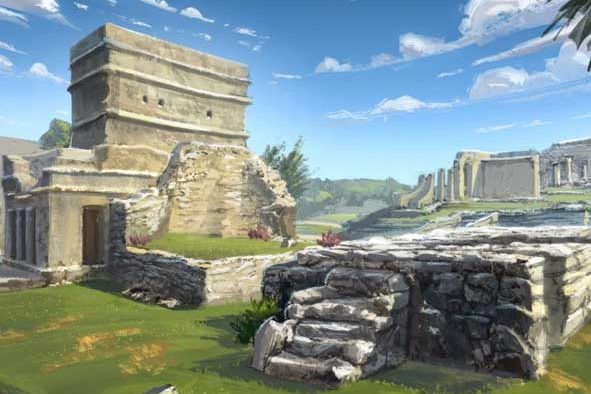

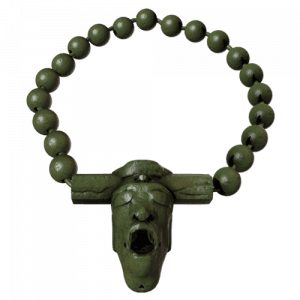
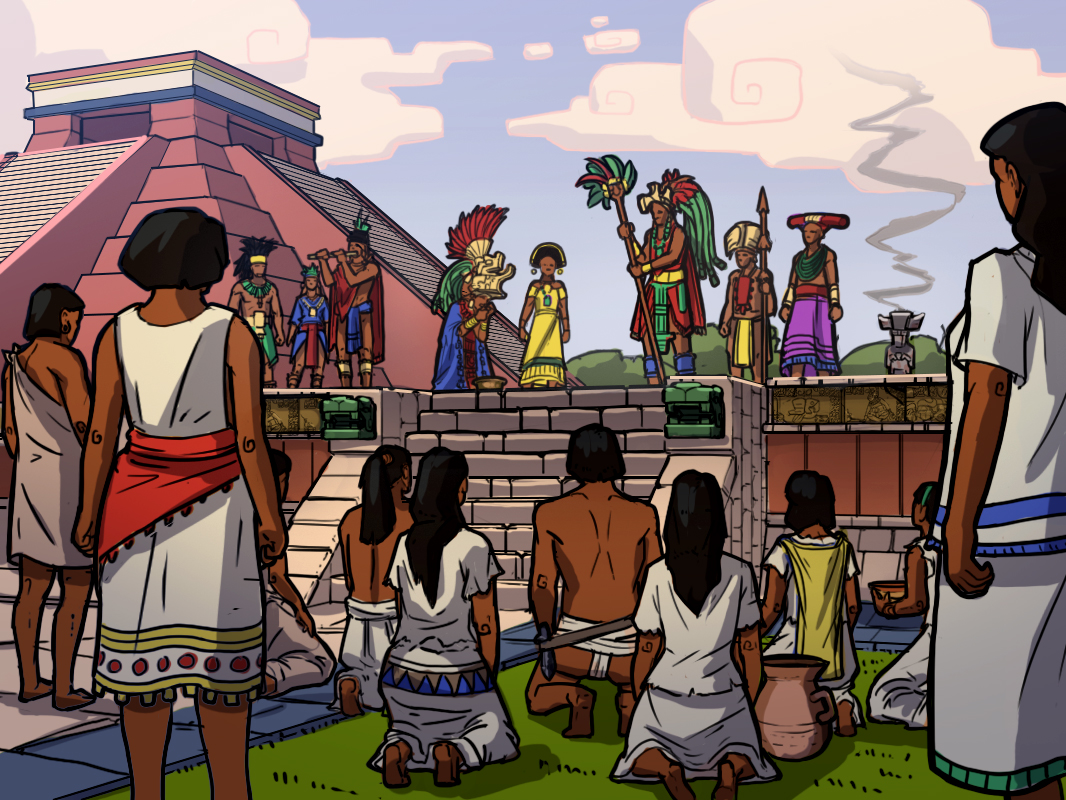
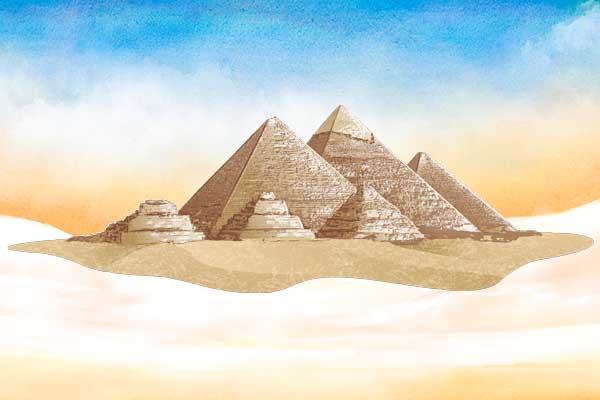




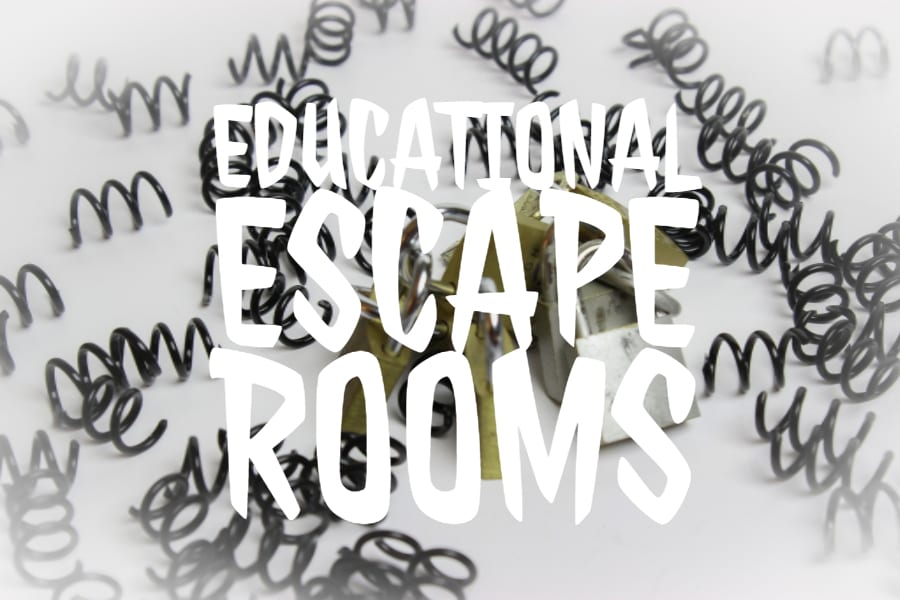


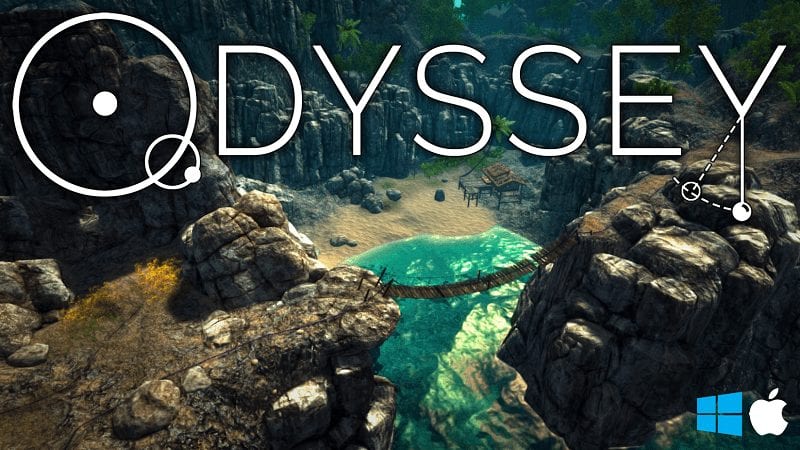

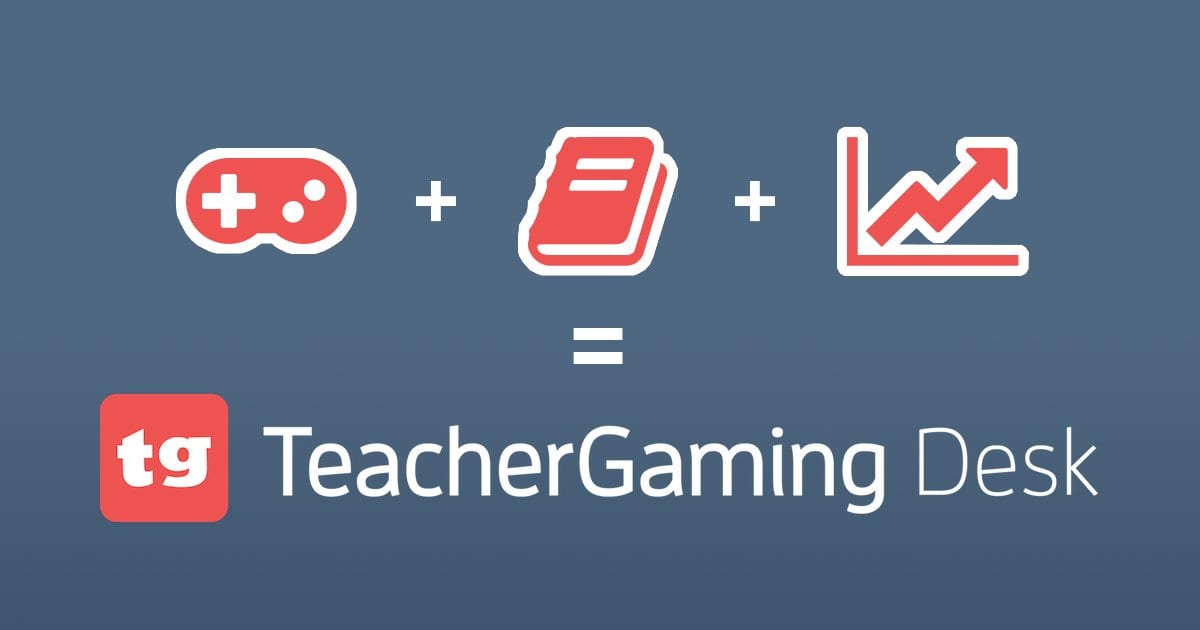




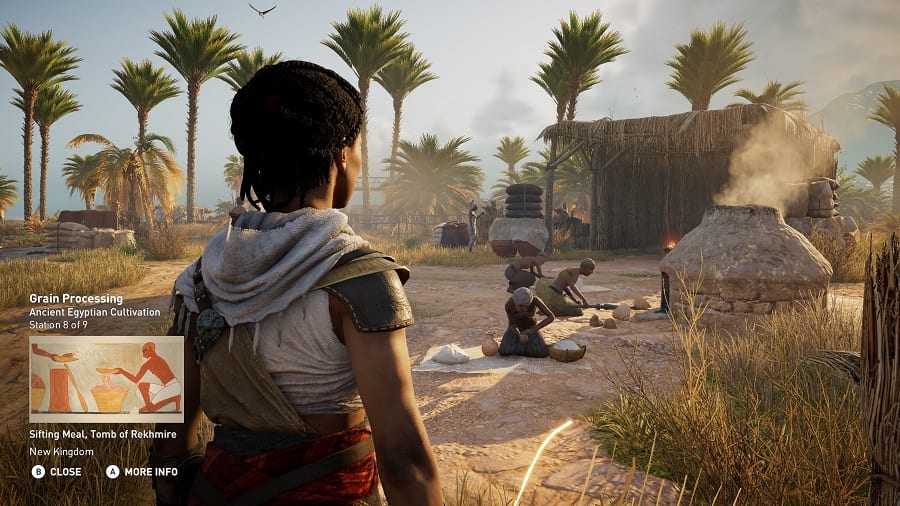 Ubisoft
Ubisoft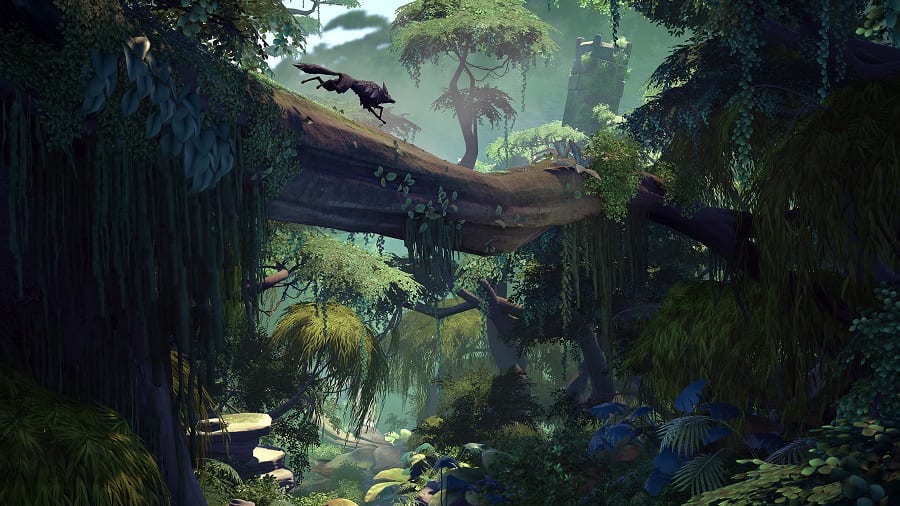 Mooneye Studios
Mooneye Studios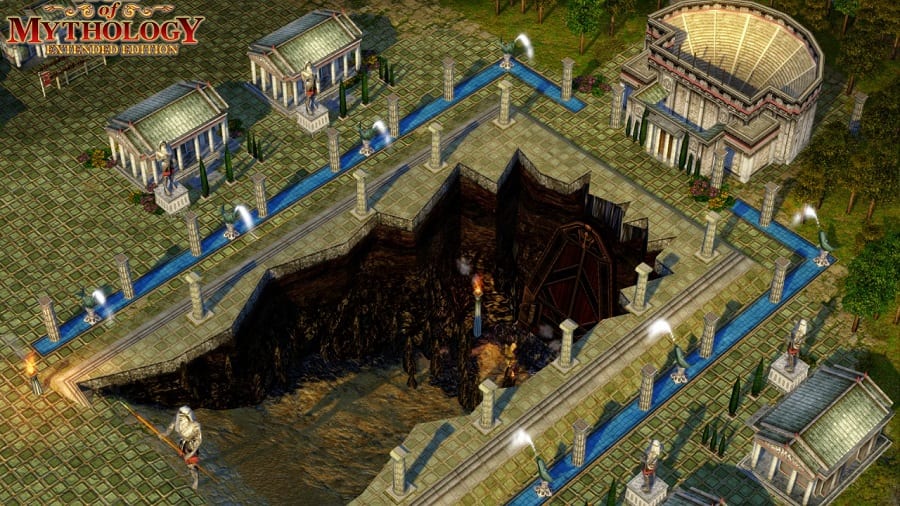 Microsoft Studios
Microsoft Studios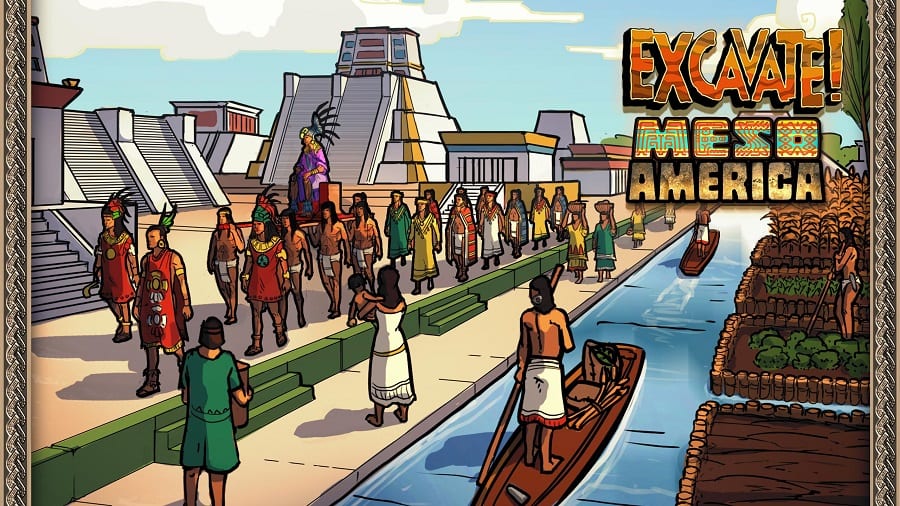

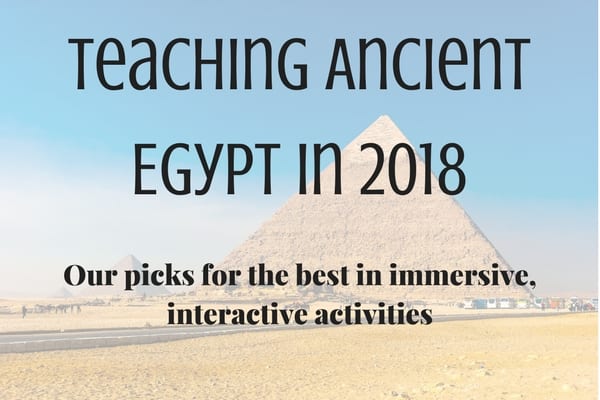

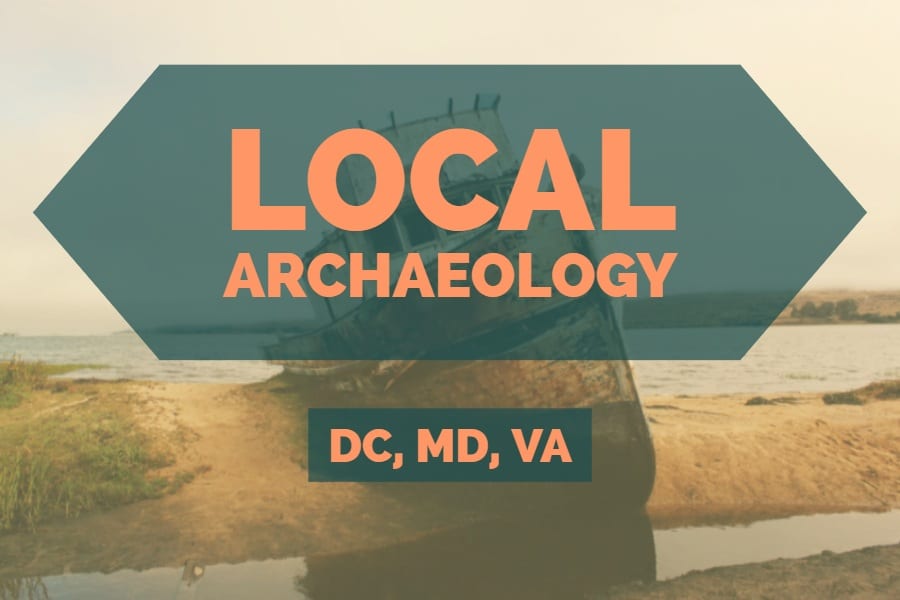
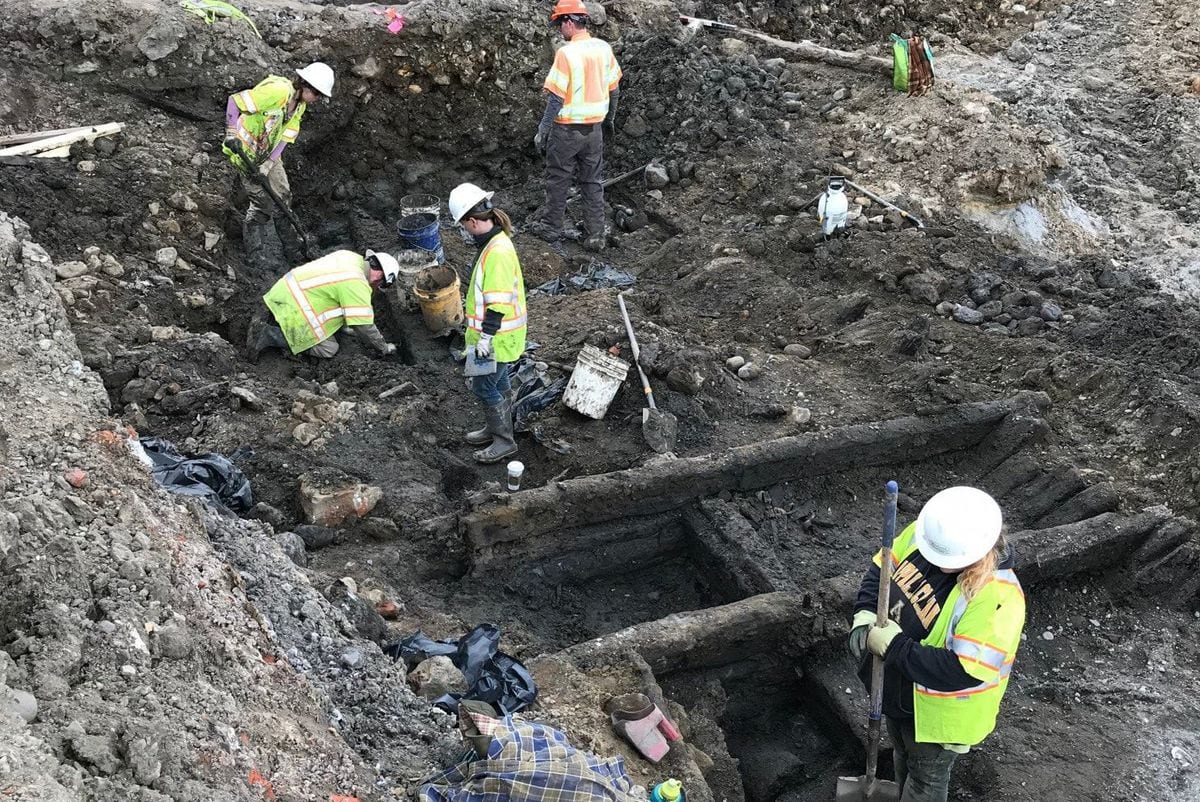
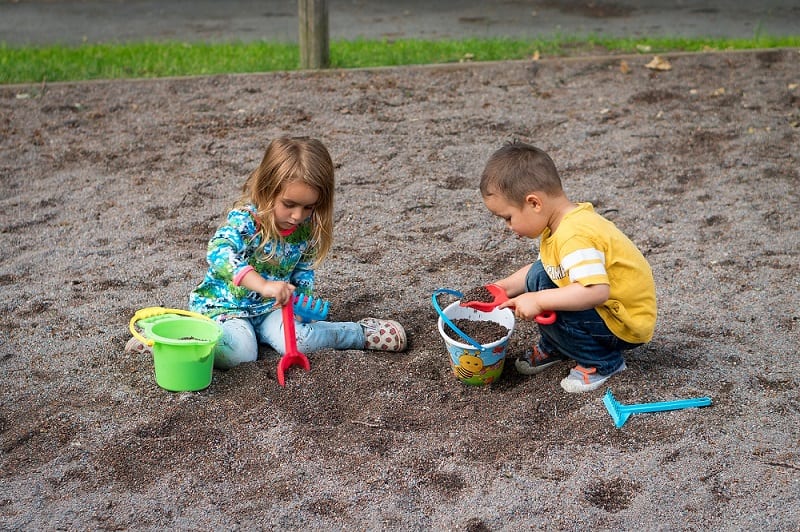
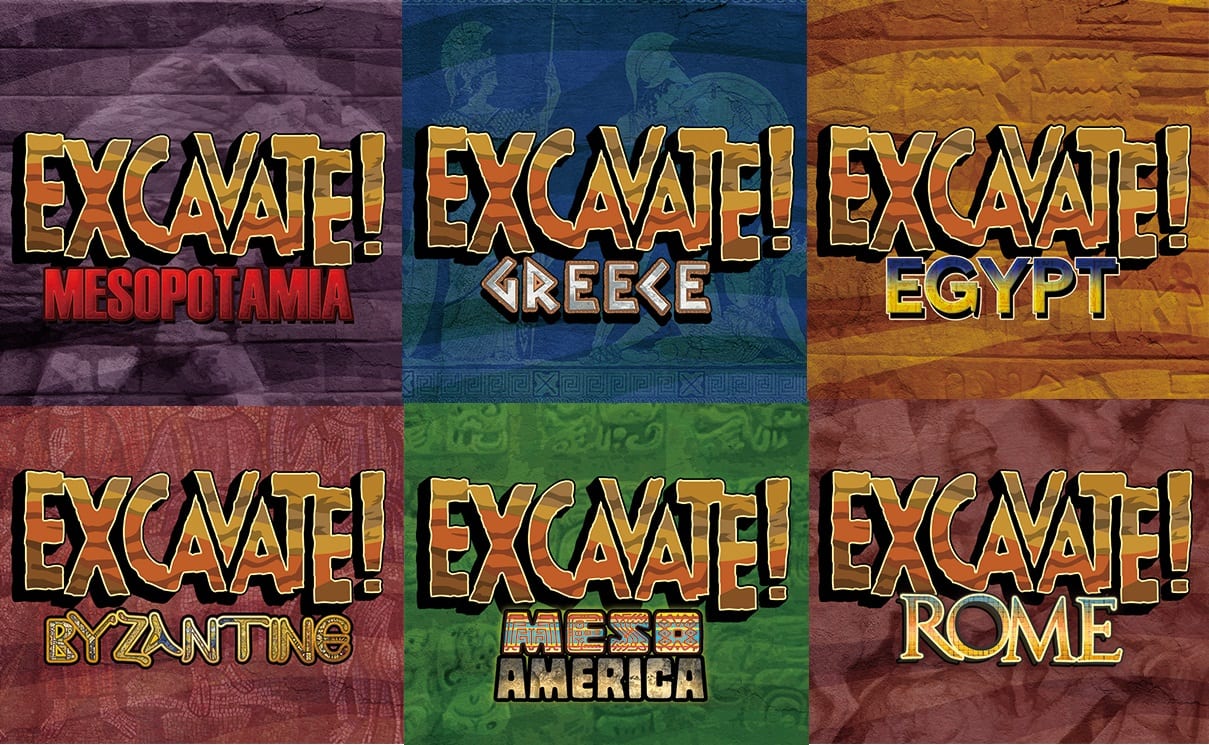
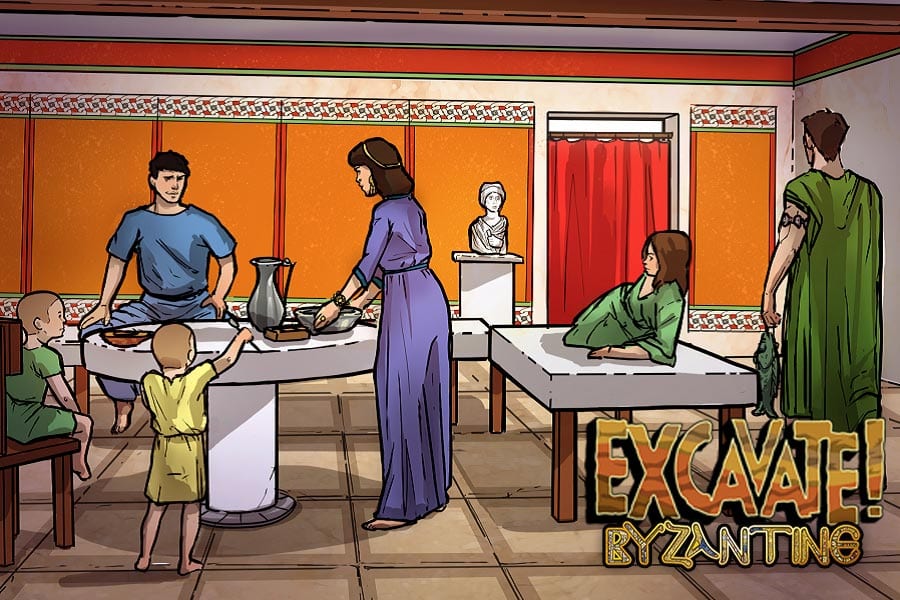
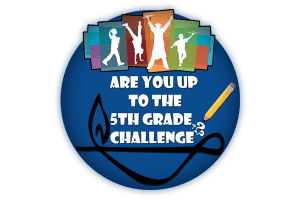


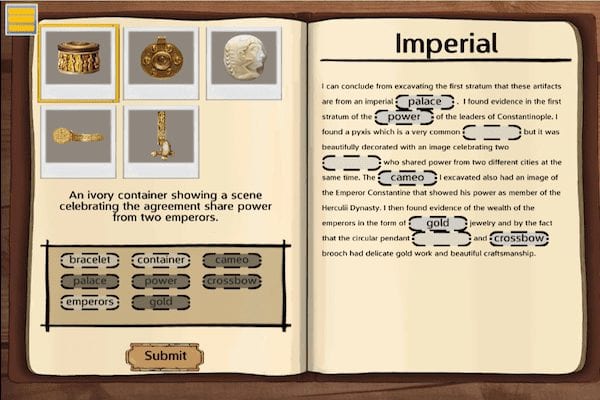
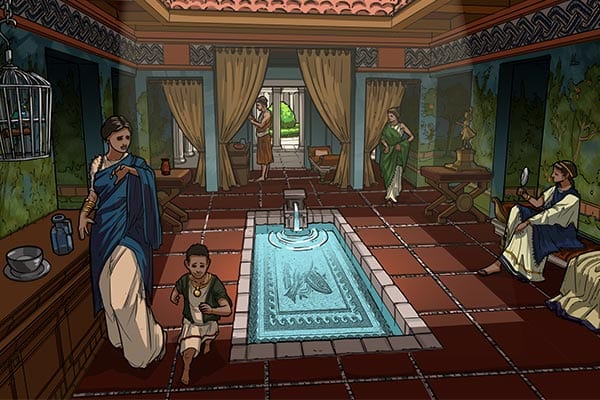
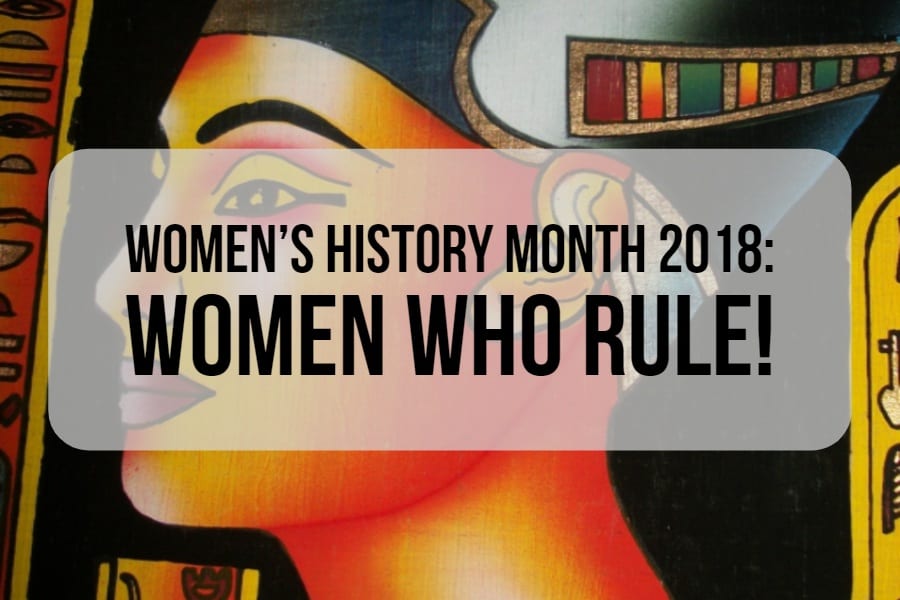
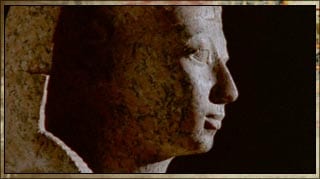
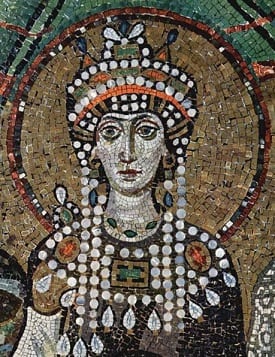
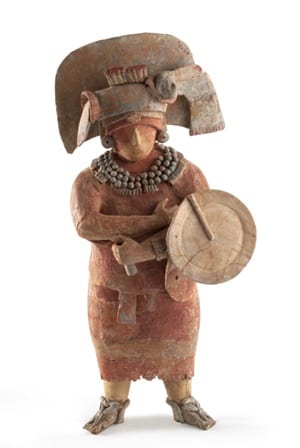
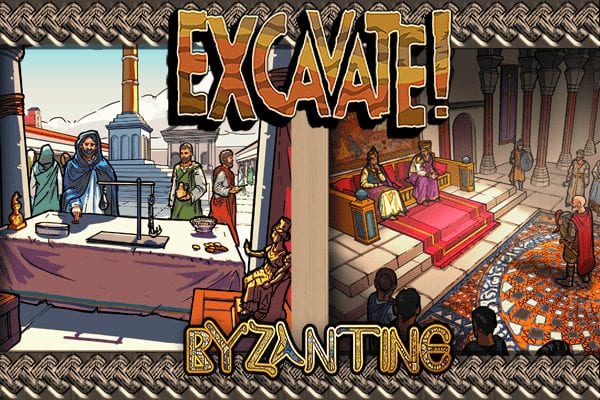
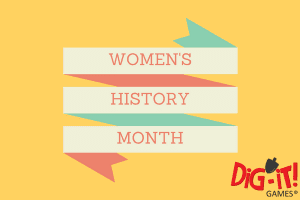
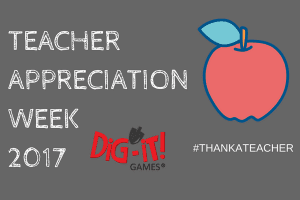

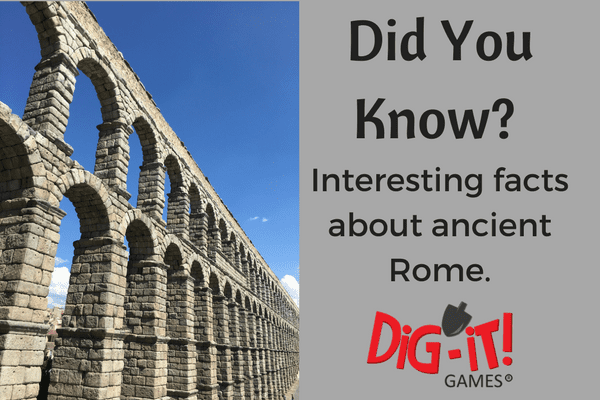
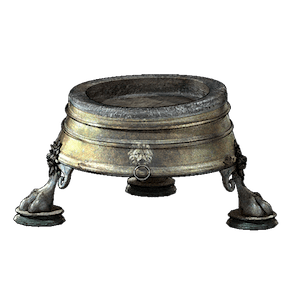 Gladiator Recovery Shake
Gladiator Recovery Shake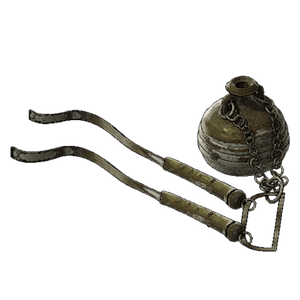 Baths Are for More than Bathing
Baths Are for More than Bathing Second Floor with a View
Second Floor with a View For the Birds
For the Birds
